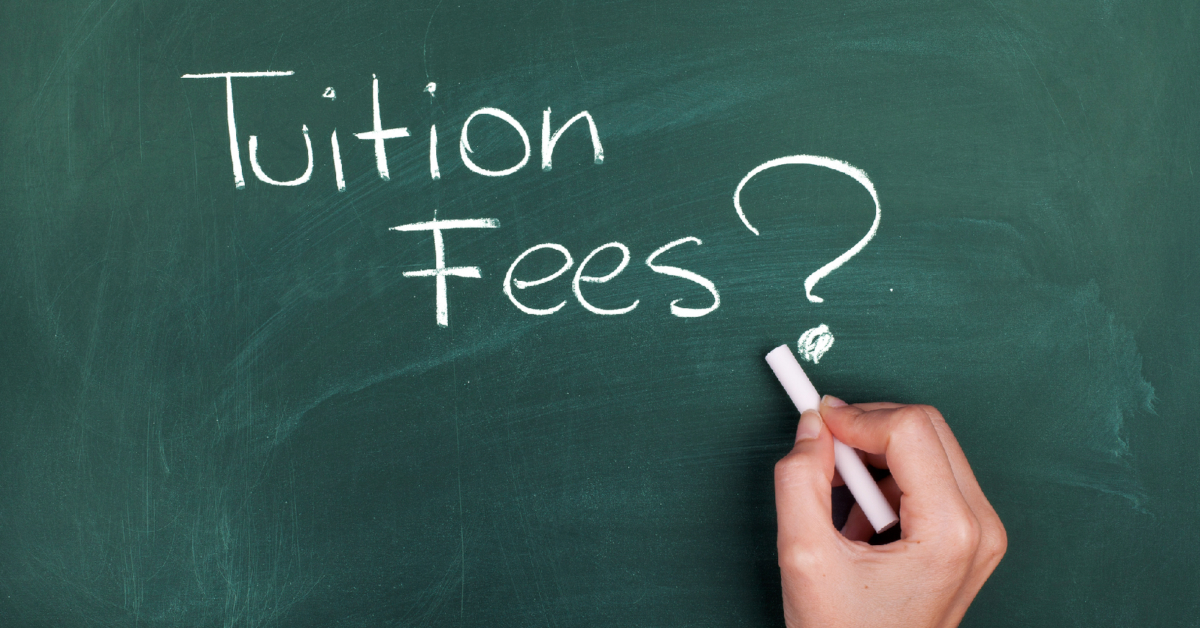Tuition and Fees Rose Again This Year — But Declined on an Inflation-Adjusted Basis
The cost of tuition and fees rose among all categories of U.S. colleges and universities during the 2021-2022 academic year, albeit at historically low rates. “But after accounting for inflation, average published tuition and fees fell across all sectors. Average net prices — the amount students actually pay after factoring in grants and scholarships — also slipped slightly.” Tuition and fees rose the most sharply at private nonprofit four-year colleges (2.1%, to $38,070). In-state students at public four-year schools faced a 1.6% cost increase ($10,070) while out-of-state students at the same type of institutions paid 1.5% more ($27,560). “Last year, average tuition and fees rose just over 1% for in-state students at four-year public colleges and about 2% for students attending private nonprofit colleges.”
Source: Higher Ed Dive
Wyoming Has the Least Expensive Public Colleges; Vermont Has the Most Expensive
On average, residents of Wyoming who attended a public four-year college or university in their home state this year paid less in tuition and fees ($6,100) than students anywhere else in the nation. Those in Vermont paid the most ($17,750). The list of least expensive states also includes Florida ($6,370), Montana ($7,265), Utah ($7,387) and North Carolina ($7,389). Following Vermont, the most expensive states during the 2021-2022 academic year were New Hampshire ($17,040), Pennsylvania ($15,312), New Jersey ($14,963) and Illinois ($14,667). “The most expensive flagship was the University of Vermont with an in-state tuition and fee price of $19,000. It was followed by the University of New Hampshire ($18,960), Pennsylvania State University ($18,900), University of Connecticut ($18,560) and the University of Virginia ($17,460).”
Source: Forbes
Better Job Prospects in the Forecast for New Graduates
According to Michigan State University’s Collegiate Employment Research Institute, the employment outlook for recent college graduates is now the best it has been since 2008. A more robust job market is likely to be fueled by employers’ need to fill new positions after reducing hiring during the pandemic and by the need to replace workers who have quit. “Hiring among those with bachelor’s degrees is expected to climb 15% in 2021-22 but remain roughly the same for master’s and M.B.A. graduates. Fifty-three percent of starting salaries are expected to increase.” Nearly half of employers (46%) expect new employees to work on site, while 28% anticipate hybrid arrangements. “Nearly 30% of employers surveyed said they expected workers hired during the pandemic to have shorter tenures than those hired before.”
Source: Inside Higher Ed
Most Students in Need Didn’t Apply for Financial Aid
A survey that included 195,000 students from more than 200 schools revealed that two thirds of those experiencing “basis needs insecurity” during the pandemic did not apply for emergency financial aid. Among those who received aid, the average wait time between applying for the money and receiving it was 13 days. According to researchers, “69% of students said emergency aid increased their chances of graduating, 82% said it improved their personal well-being, 76% said it made them feel that their college cared about them, and 64% said it raised the chances they would support their schools as alumni.” White students were most likely to be aware that aid was available (53%), followed by Latinx (45%) and Black (44%) students.
Source: Higher Ed Dive
